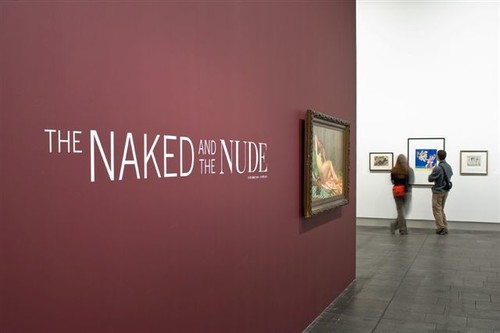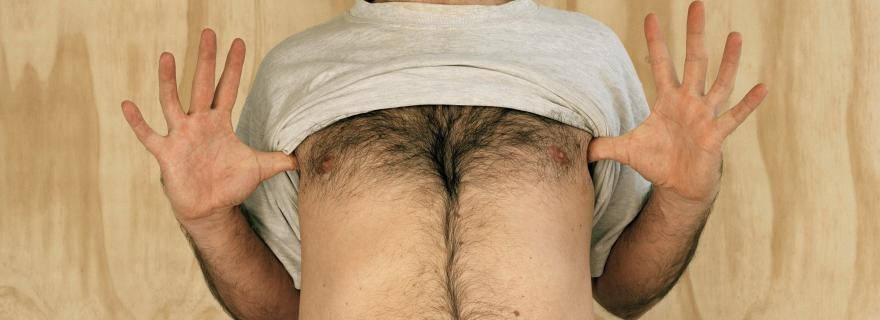B.
Art and Ethics
Behind the scenes
Recently I read an art history thesis, which covers two instances of moral panic and subsequent legal action taken against galleries for showing photographic art depicting naked children, one in the US in 1984 (Robert Mapplethorpe) and one in Australia in 2008 (Bill Henson).
Two different countries more than twenty years apart, but it reminded me of how important it is to think about what we show and, if we show something more than usually challenging, how we ensure our visitors know what to expect and how we enhance their understanding of what's on show.
Reminds me too of how smart Justin Paton's light-hearted notice outside The Naked and the Nude in 2010 was: 'The Naked and the Nude contains, well, nakedness and nudity. We advise discretion.' Simple, amusing, and candidly alerting an audience without apology. Not that it completely stopped a few low-key objections to his selection from the Gallery's collection of historical and contemporary examples of one of the key subjects of art history. When in the history of western art have nudes not been on show in art galleries?

But it's also good for us to think about these matters in a broader professional context. I'm on the board of the NZ professional membership organisation, Museums Aotearoa, and we're reviewing our Code of Ethics and Professional Practice in Museums at present.
Among other things, we're proposing a new section relating to Museum Exhibitions and Research. There's a suggested clause which indicates that:
Museums should determine and retain responsibility for the form and content of any exhibition on its premises, including being prepared to support these in public in the event that they become contentious.
It seems obvious in some respects, but it can become tough when art hits the headlines and both it and the exhibiting gallery effectively get taken to court.
